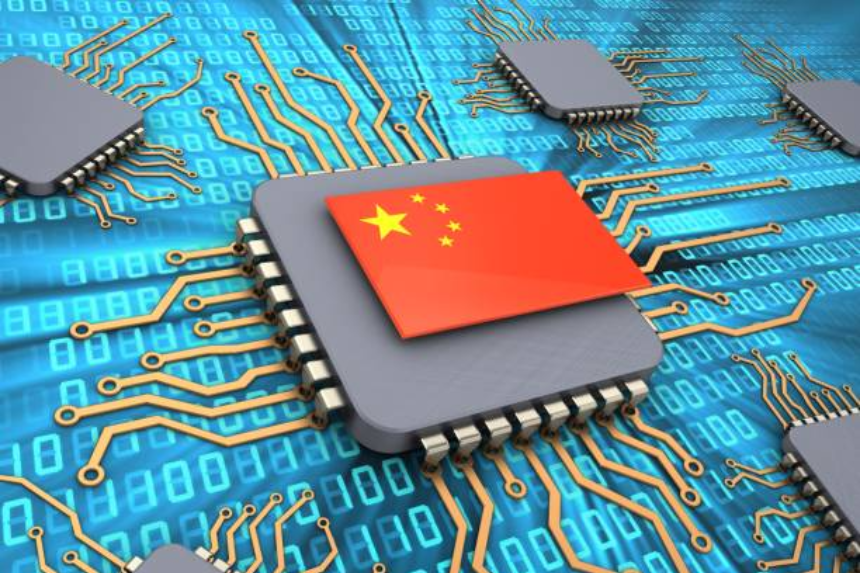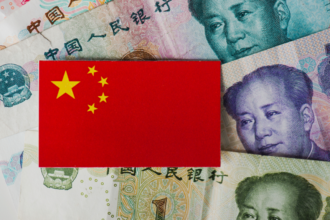China’s newly launched China tech visa, known as the K visa, is making headlines after an Indian media comparison to the U.S. H-1B visa. Officially introduced to attract global professionals in science, technology, engineering, and mathematics (STEM), the visa has stirred both interest and concern across China. The initiative signals Beijing’s strategic intent to open its doors to international talent as countries like the U.S. tighten immigration policies.
Public reaction in China, however, has been divided. While state-backed outlets have attempted to reassure citizens about the policy’s intentions, many on Chinese social media have voiced frustration. Critics argue the visa could worsen job prospects for domestic graduates, despite China’s oversupply of highly educated workers.
What Is the China Tech Visa?
The China tech visa is designed for foreign professionals involved in fields like science, technology, and education. Applicants must hold at least a bachelor’s degree from a recognized institution, either in China or abroad. Notably, the visa does not require sponsorship from a Chinese employer. This offers greater flexibility in entry, exit, and duration of stay for successful applicants.
The visa covers individuals participating in academic exchanges, research, cultural programs, business activities, and entrepreneurial ventures. However, despite its formal rollout, key specifics—such as permissible work rights and eligible institutions—remain undisclosed. Here is the link to our article on Padilla Immigration Arrest.
Why Are Chinese Citizens Concerned?
Many Chinese citizens are worried that the China tech visa may worsen job market conditions for local graduates. Social media platforms have seen an influx of comments criticizing the move. Users expressed concern about increased competition, especially in a country already producing a surplus of degree holders in STEM fields.
Some also questioned whether foreign talent would genuinely bring added value or merely benefit from preferential policies. Others raised issues like language barriers and cultural adaptation, given China’s distinct political and social environment.
Is China Competing for Global STEM Talent?
Yes. The launch of the China tech visa reflects Beijing’s broader strategy to position itself as a leading hub for innovation. This comes at a time when countries like the U.S. have raised barriers for skilled immigration. By offering a streamlined visa pathway, China hopes to attract experts who might otherwise look to North America or Europe.
Already, Chinese universities have seen a return of high-profile scholars who previously worked in the West. Meanwhile, visa-free travel agreements with over 75 countries underline China’s ambition to globalize its talent pool and increase international collaboration. Here is the link to our article on Hyundai Immigration Delays.
Can Foreign Professionals Thrive in China?
This remains uncertain. While the China tech visa provides easier access to China’s booming tech landscape, several challenges remain. Language remains a major hurdle, especially for non-Chinese speakers. Additionally, the country’s restrictive political climate may deter those seeking academic freedom or open innovation ecosystems.
Experts suggest that the success of this visa program will depend heavily on implementation, public communication, and how foreign professionals are integrated into local environments. The government will also need to clarify employment permissions to avoid confusion or resistance from domestic talent pools.
Final Thoughts
The China tech visa is a bold step in China’s evolving immigration and talent acquisition policy. While it opens the door for foreign professionals in STEM, its long-term success hinges on public acceptance, regulatory clarity, and the ability to foster an inclusive environment. Whether it becomes a cornerstone of China’s global innovation strategy or faces pushback from domestic pressures remains to be seen.








